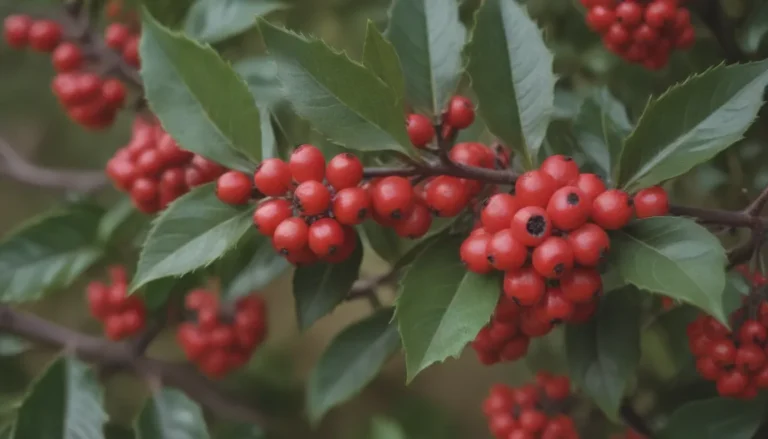Growing and Caring for Canada Wild Rye: A Comprehensive Guide

If you’re looking to add a unique touch to your garden or landscape, Canada wild rye is a fantastic option. This perennial grass is not only fast-growing but also easy to care for. Whether you’re a seasoned gardener or a beginner looking to green up your space, Canada wild rye can be a valuable addition to your outdoor area.
What is Canada Wild Rye?
Canada wild rye is a clump-forming grass that resembles the spiked heads of wheat or other rye grasses when mature. It is a versatile plant that can be used for livestock forage or as an ornamental feature in your garden. One of the key benefits of Canada wild rye is its disease- and pest-free nature, making it a low-maintenance option for any garden or landscape.
Canada Wild Rye Care Tips
To ensure your Canada wild rye thrives, here are some essential care tips to keep in mind:
Light
While Canada wild rye can tolerate partial shade, it grows best in full sun. Try to provide it with as much sunlight as possible to encourage healthy growth.
Soil
Canada wild rye is adaptable to various soil types, including sandy, gravelly, loamy, clay, and limestone soils. The key is to ensure good drainage, as the plant does not like waterlogged conditions. While it prefers moist soil, it can also tolerate dry conditions well.
Water
Consistent moisture levels are essential for Canada wild rye. While it can withstand dry sites and is drought-tolerant, it grows best with regular watering. However, it’s an excellent choice for warm, dry climates where watering may not be easy.
Temperature and Humidity
As a cool-season and cold-hardy grass, Canada wild rye prefers dry, temperate conditions. It can tolerate a wide range of temperatures but does not thrive in high humidity.
Fertilizer
Apply fertilizer at the beginning of the growing season and halfway through, following product label instructions for the right amount and application process.
Types of Canadian Wild Rye
- ‘Mandan’: This variety of Canada wild rye is known for its added leafiness, higher seed production, and more compact growth habit. It also has softer leaves, making it ideal for grazing. ‘Mandan’ is more resistant to stem rust compared to the native grass.
Pruning Canada Wild Rye
If needed, Canada wild rye can be pruned by cutting it down to the ground at the start of spring. This should be done before new growth begins, as the plant has a vigorous growth habit and will regrow quickly.
Propagating Canada Wild Rye
Propagation of Canada wild rye is straightforward and can be done through root division or seeds. Division is best done in the fall, as the grass is clump-forming, making the process easy.
How to Grow Canada Wild Rye From Seed
While Canada wild rye is self-seeding, it’s best to purchase seeds from a reputable nursery for optimal results. Scatter the seeds on the ground in late fall or early spring, planting them about 1/4 to 1/2 inch deep. Broadcast the seeds in perpendicular rows for even coverage.
Common Pests and Plant Diseases
Canada wild rye may be susceptible to pests and diseases, including fall armyworms, grubs, rice stink bugs, leaf and stem rust, and ergot. While these issues can affect the plant’s appearance, they generally do not kill the grass.
Common Problems With Canada Wild Rye
While Canada wild rye is relatively problem-free, it is a short-lived grass that may not tolerate competition well. In meadow settings, it can be overtaken by other species after a few growing seasons. Additionally, insects, rabbits, and hoofed animals may feed on the grass.
In conclusion, Canada wild rye is an excellent choice for both practical and aesthetic purposes in your garden or landscape. By following these care tips and guidelines, you can ensure the health and vibrancy of this unique perennial grass. Whether you’re a seasoned gardener or a beginner, Canada wild rye is a versatile and low-maintenance option that can enhance the beauty of your outdoor space.





